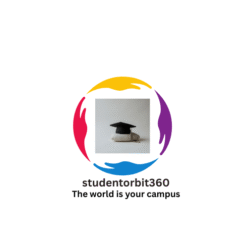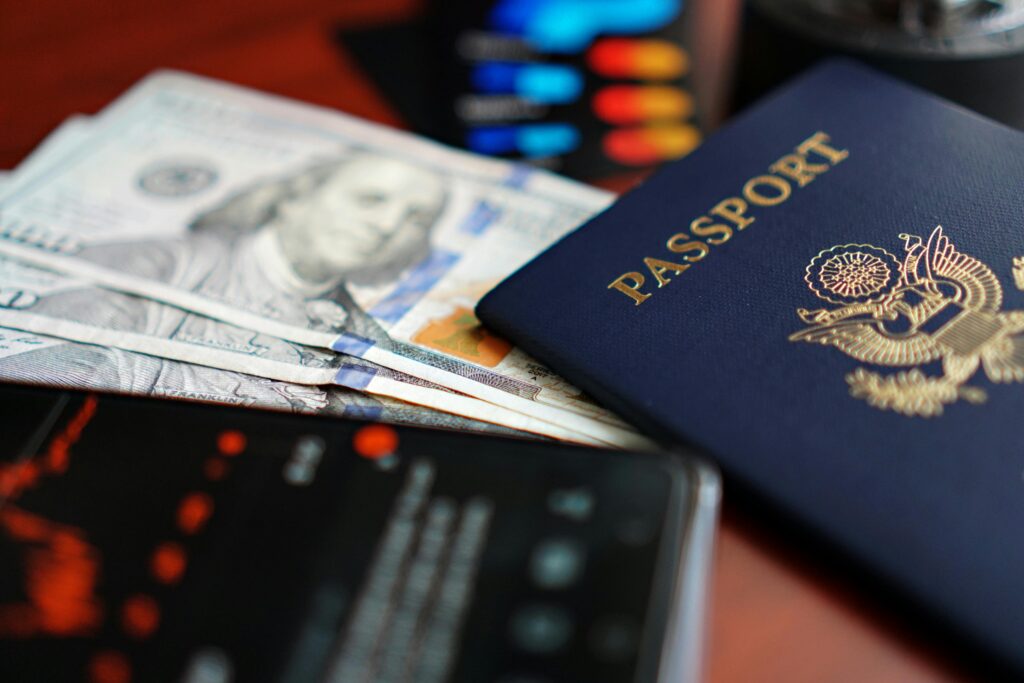The 2024–25 academic cycle has proven especially challenging for international students from South Asia, as visa rejections have surged across major study destinations — particularly the United States, United Kingdom, and Australia. Stricter immigration policies, heightened scrutiny, and shifting geopolitical concerns have contributed to the steep rise in denial rates, impacting thousands of students from India, Pakistan, Nepal, Bangladesh, and Sri Lanka.
🇺🇸 United States: F-1 Visa Rejections Hit 10-Year High
According to recent reports, the U.S. rejected 41% of all F-1 student visa applications in the 2023–24 fiscal year — a dramatic jump from 36% the previous year, marking the highest rejection rate in a decade.
Over 253,000 F-1 visa applications were denied in 2023, resulting in an estimated $7 billion in lost tuition and living expenses for U.S. institutions and local economies. Indian applicants have been hit especially hard, with education consultants warning of a 70–80% drop in Indian student arrivals for the Fall 2024 intake. This is attributed to appointment delays, high refusal rates, and more rigorous interview scrutiny.
Source: Indian Express, ICEF Monitor
🇦🇺 Australia: Rejection Rates Surge After Policy Overhaul
Australia’s student visa rejection rates also rose sharply in 2024 following sweeping immigration reforms. The average visa refusal rate jumped to 19% in the first half of the 2023–24 fiscal year — up from just 8.5% in 2021–22.
Country-wise rejection estimates for South Asia:
- India: ~31.5%
- Pakistan: ~53.4%
- Nepal: ~39.3%
- Bangladesh: ~10.4%
This rise is driven by:
- Stricter Genuine Student Test (replacing GTE)
- Tougher financial documentation checks
- Higher English language score thresholds
- Closure of “ghost colleges” and low-quality providers
These changes aim to filter non-genuine students and improve education quality, but many legitimate applicants are caught in the crossfire.
Source: Study Abroad Careers360, The Guardian Australia
🇬🇧 United Kingdom: Demand Drops and Rejections Increase
The UK has seen a 14% drop in sponsored study visas in 2024, with Indian student visas down by 26% and Nigerian by 55%, though Nepal recorded a 44% increase. Visa rejection rates are creeping upward as institutions enforce stricter CAS issuance, stronger financial checks, and more credibility interviews.
Estimated visa rejection rates for South Asia in mid-2025:
- India: 18–22%
- Pakistan: 25–28%
- Nepal: 24–26%
- Bangladesh: 30–35%
- Sri Lanka: ~20%
The UK’s move to eliminate dependent visas for postgraduate taught students from January 2024 has also deterred applicants.
Source: ICEF Monitor
📊 Quick Comparison: Rejection Rates by Country (2024–25)
| Destination | India | Pakistan | Nepal | Bangladesh | Sri Lanka |
|---|---|---|---|---|---|
| USA | ~41% | — | — | — | ~30%* |
| Australia | ~31.5% | ~53.4% | ~39.3% | ~10.4% | — |
| UK | ~18–22% | ~25–28% | ~24–26% | ~30–35% | ~20% |
*Note: U.S. data combines some regional groupings.
💡 What Can Students Do?
Given the tougher landscape, students are advised to:
- Start application and visa processes early
- Prepare for credibility interviews
- Ensure all financial and academic documents are accurate and verifiable
- Avoid offers from institutions not on official visa sponsor lists
- Stay updated on immigration rule changes in each country
As global mobility tightens, preparation and transparency will be key to securing a successful student visa in 2025 and beyond.



